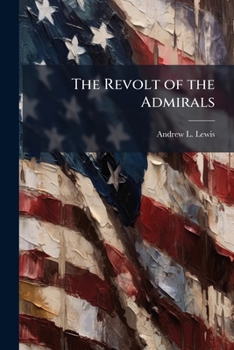The Revolt of the Admirals
Select Format
Select Condition 
Book Overview
When the controversy over the B-36 erupted in the spring of 1949, Pandora's Box was opened on service unification issues. The debate was officially over the B-36 procurement process, but it grew to include a debate over roles and missions between the Air Force and the Navy. The Congressional testimony before the House Armed Services Committee illustrated some pertinent lessons from the "revolt of the admirals."
The Air Force won the revolt, but the question was why? Was it because their case was sounder than the Navy's, or was it for some other hidden reason? How did doctrine, leadership, and public relations factor into the conflict?
This work has been selected by scholars as being culturally important, and is part of the knowledge base of civilization as we know it. This work was reproduced from the original artifact, and remains as true to the original work as possible. Therefore, you will see the original copyright references, library stamps (as most of these works have been housed in our most important libraries around the world), and other notations in the work.
This work is in the public domain in the United States of America, and possibly other nations. Within the United States, you may freely copy and distribute this work, as no entity (individual or corporate) has a copyright on the body of the work.
As a reproduction of a historical artifact, this work may contain missing or blurred pages, poor pictures, errant marks, etc. Scholars believe, and we concur, that this work is important enough to be preserved, reproduced, and made generally available to the public. We appreciate your support of the preservation process, and thank you for being an important part of keeping this knowledge alive and relevant.
Related Subjects
Education Education & Reference History Political Science Politics & Social Sciences




